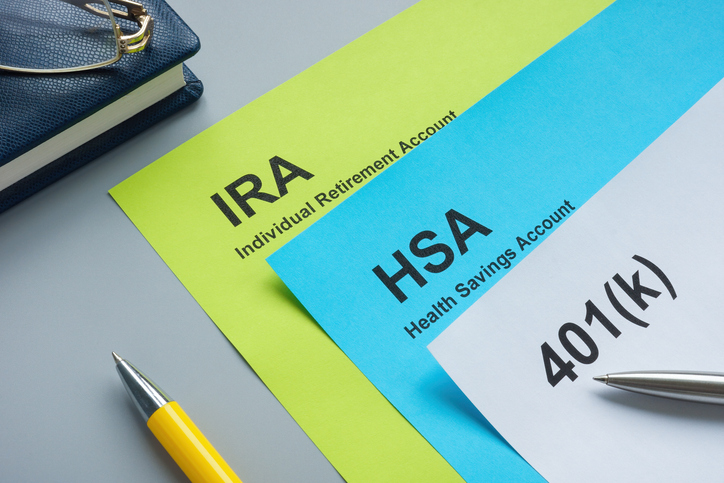Adoption of electronic health records (EHRs) by U.S. physicians and hospitals is happening more slowly than some industry surveys had indicated, according to a new report the federal government commissioned as a benchmark for ongoing health care information technology efforts.
The study found about 5 percent of the 6,000 hospitals in the U.S. are using computerized physician order entry (CPOE) systems. That’s far less than the 24 percent indicated by earlier surveys reviewed by researchers from George Washington University and the Institute for Health Policy at Massachusetts General Hospital, who conducted the new study for the Robert Wood Johnson Foundation and the federal National Coordinator for Health Information Technology.
Moreover, CPOEs are only one component of a comprehensive EHR. The researchers say that while as many as 25 percent of doctors have access to some form of EHR, less than one in 10 is using a “fully operational” EHR system.
According to the new study, earlier surveys calculated greater technology adoption rates mainly because of a lack of uniform definitions for “EHR” and “adoption.” The new study recommends that to be defined as an EHR, a computer system must accomplish patient health and personal data collection; results management; order entry management (for prescriptions and procedures); and decision support.
The report found the main barriers to adoption of EHR systems are cost; laws and regulations, especially those concerning privacy; the technology itself; and organizational issues at the hospital or group practice.
— Sharon J. Watson
For more information …
The new study, Health Information Technology in the United States, is available through PolicyBot™, The Heartland Institute’s free online research database. Point your Web browser to http://www.policybot.org and search for document #20145.



